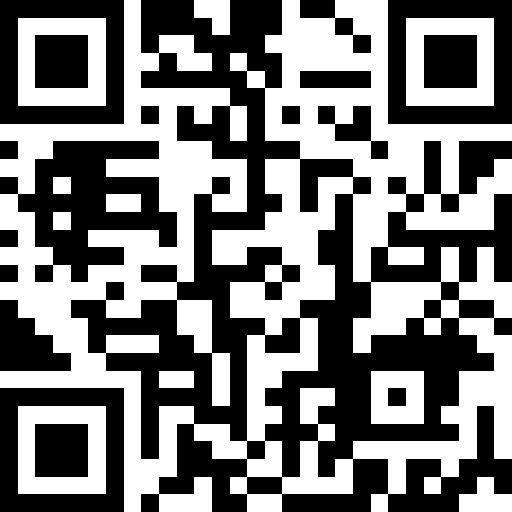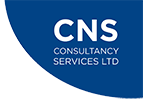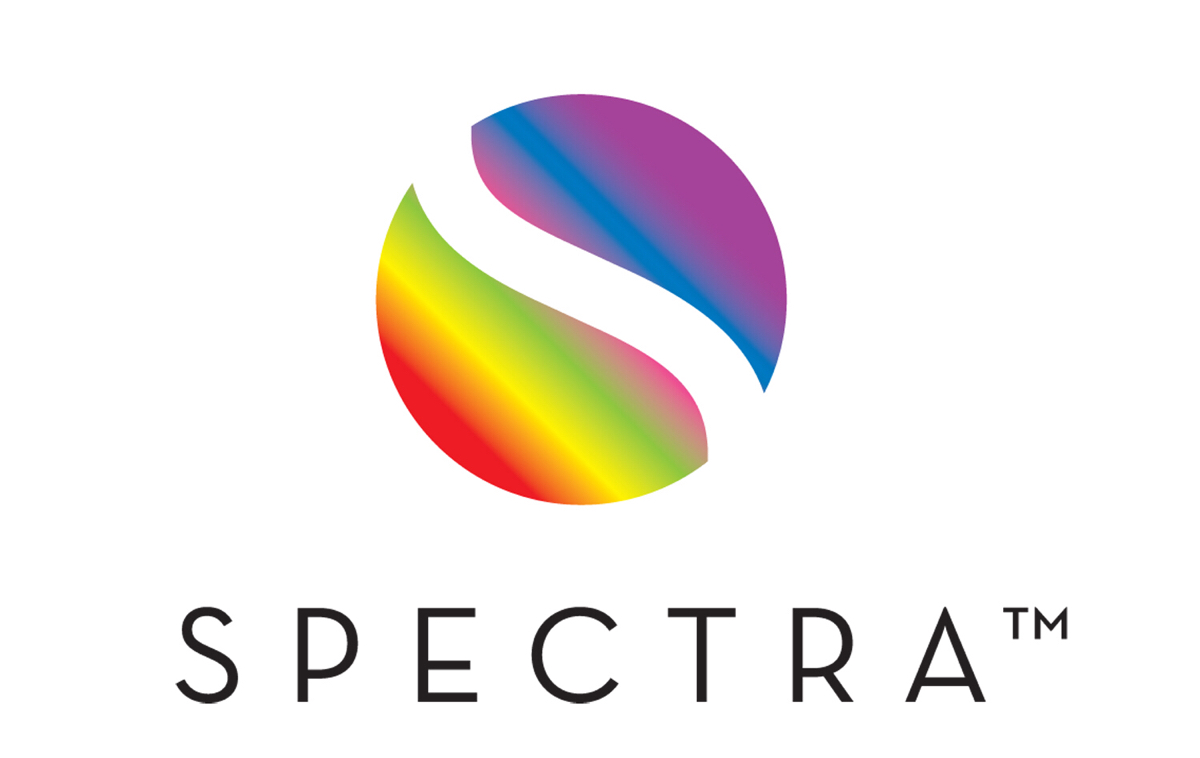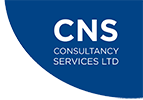Site Information
-
Location
-
Principal Contactor
-
Appointing Contractor
-
Conducted on
-
SAL Site Supervisor
-
Number of SAL operatives on site
-
Description of Works
Health & Safety Audit - Construction Site
Previous Audit Report
-
Has the previous audit report been closed out?
Site Set up
-
Are the following items displayed?
-
Latest H&S Policy?
-
Employers and Public Liability Insurance?
-
Asbestos Report?
-
First aid location signs?
-
Assembly point signs?
-
No Smoking signs?
-
Check that a copy of Form 10 is displayed on site.
-
Health & Safety Law poster ( what you should know)?
-
Ensure site safety rules are displayed in a prominent position e.g. reception, canteen, site office etc.
Health and Safety Management
-
Is there weekly H & S audits in place (internal)
-
Is there monthly H & S audits in place (external)
-
All Daily Activity Briefings (DABS) conducted?
-
All Daily Activity Briefings (DABS), Hazard boards clearly displayed with relevant information?
-
Is a site diary maintained?
Induction
-
Ensure all staff receive a site specific safety inductions before starting work.
Risk Assessments and Method Statements
-
Ensure all Method Statements have been prepared by a competent person and have been checked, reviewed and signed.
-
Are Method Statements adequate and suitable for the task?
-
Are Risk Assessments adequate and suitable for the task?
-
Have all operatives signed onto the RAMS sign off register?
-
Ensure all contractors are working in accordance with the method statement.
Access and Egress
-
Is there safe access and egress to all working areas of the site?
-
Are walkways free from obstructions and stored materials?
-
Are access routes and work areas adequately lit?
-
Are changes in floor level safely managed?
-
Ensure there are suitable barriers and warning notices to keep members of the public separated from the site works and site traffic.
-
Ensure the site is securely fenced or alternative measures in place, at all times to prevent unauthorised access.
-
Ensure all public access routes are kept clean and clear at all times.
Control of Substances Hazardous to Health (COSHH)
-
Have COSSH Risk Assessments (RA) been carried out for all potentially hazardous materials and substances being used on the site.
-
Are material safety data sheets available to assist with COSHH assessments.
-
Are COSHH products safely stored on site inline with RA
Dust
-
Is dust suitably controlled on site?
-
Is water suppression in use for dust?
-
Is dust affecting any other works/neighbouring properties/buildings?
-
Is correct P.P.E being used for any works involving dust?
-
Are tools/equipment fitted with suitable dust extraction?
-
Do cleaning methods control dust (hoovers over brushing)
Electrical Equipment
-
Check that low voltage tools and equipment are being used wherever possible.
-
Are electrical cables in good order and not showing signs damage?
-
Are electrical items PAT tested?
-
Is a PAT testing register completed?
-
Ensure that cables and trailing leads are not trip hazards.
Deliveries
-
Are deliveries correctly managed?
-
Are delivery areas safe and accessible?
Fire Risks and Management
-
Has a fire action plan been produced?
-
Check that there is an adequate means of raising the alarm, and that it is regularly tested.
-
Check that suitable fire extinguishers are provided and that they are maintained and in good condition and have had an annual inspection.
-
Is there an escape plan on site? Is it suitably designated through signage?
First Aid
-
An appropriate number of trained and qualified first aiders should be available on the site.
-
Ensure a new style Accident Book is provided on site and is available to all operatives.
-
Check the number of first aiders required is adequate
-
Are the names of first aiders detailed on the site notice boards?
-
Are first aid kit/provisions accessible? Stock levels maintained?
-
Does the site have a AED?
-
Is it accessible and secured?
Housekeeping
-
Ensure all debris and waste is removed from the SAL work area upon completion of the work or at the end of each shift.
-
Are site materials and equipment safely stored? (Risk of materials toppling, falling)
-
Is waste metal safely stored/disposed of?
-
What is the standard of other trade site waste?
Low Level Access - Step Ladders, Delta Decks, Hop Ups
-
Are steps class 1 as defined in EN131?
-
Have low level access works been authorised and permits issued?
-
Is access equipment safely pitched? (Away from access/egress routes)
-
Are Delta Decks safe for use?
-
Are Hop Ups safe for use?
-
Does access equipment display tags? (signed and dated)
Manual Handling
-
Ensure that a manual handling risk assessment has been completed wherever regular lifting of heavy loads is required.
-
Ensure all staff have received manual training.
-
Are mechanical aids available for use where loads require them?
-
Are mechanical aids in good working order?
Mobile Scaffold Towers & Mobile Elevated Working Platforms (MEWPS)
-
Check that propietary tower scaffolds have been erected and are being used in accordance with the suppliers instructions.
-
Check that the wheels of any tower scaffold have been locked when in use and check that the platform is empty when being moved.
-
Are outriggers/stabilisers fitted correctly?
-
Are tags clearly displayed? (signed and dated)
-
Are towers safely deployed?
-
Do operatives hold the appropriate qualification for use? (PASMA)
-
Are MEWPs in good condition and subjected to daily before and after use checks?
-
Are MEWPs used on safe ground and cordoned when in use?
-
Is MEWP signage displayed around working area?
-
Do operatives hold the appropriate qualification for use? (IPAF)
-
Are MEWP inspection records kept and well maintained.
Occupational Health, HAV'S, Noise and Associated Health Risks
-
Has the Operative undertaking vibration works received HAV Training
-
Noise - As a general rule, if you: - have to shout to be heard at a distance of 2m, the noise level is approx 85dB and you should consider wearing hearing protection.
-
- have to shout to be heard at a distance of 1m, the noise level is approx 90dB and you should definitely wear hearing protection.
-
Ensure that people not involved in the work are kept away from the source of the noise.
-
Have HAVS records been completed alongside RAMS.
Personal Protective Equipment (PPE)
-
PPE General Requirements - Ensure PPE compatibility issues have been considered and that one piece of PPE not restrict the effectiveness of another piece of PPE.
-
Ensure all staff and visitors are wearing Hi-Viz vests or jackets.
-
Eye Protection
-
Are operatives wearing eye protection and ensure that it is of a suitable grade for the type of work being undertaken. I.e. light protection or full goggle etc.
-
Foot Protection
-
Ensure that footwear is fitted with steel toecaps and steel sole plates.
-
Hand Protection - Ensure that where damaged to the hands may occur through activities such as handling, or when using hazardous substances/chemicals that all persons affected wear the appropriate class of safety glove.
-
Ensure gloves are correct for their application and the activity being undertaken.
-
Hearing Protection
-
Ensure the correct type of protection is in use for the task.
-
Respiratory Protection (RPE) - Avoid the use of nuisance dust masks.
-
Ensure that the correct type of respiratory equipment is used for the works being undertaken and ensure that persons are trained for the use of the RPE and where applicable have a face fit test to ensure the effectiveness of the RPE.<br>
-
Safety Helmets
-
Ensure all staff and visitors are wearing safety helmets.
Plant & Equipment
-
Ensure that tools and equipments are stored correctly to avoid damage to the equipment and persons. (Tool bags/boxes, site boxes)
-
Power Tools
-
Ensure that the tools are in a good state of repair and carries appropriate safety symbol e.g. BS kite mark, CE Mark etc and do not have loose cables etc.
-
Check that tools are 110 volt and that a residual current device (RCD) is used for additional protection.
-
Are abrasive wheels equipment/tools in use?
-
Are abrasive wheels/blades in good condition?
-
Are cold cut blades in in use?
-
Do operatives have abrasive wheels training?
-
Plant
-
Ensure all Plant and Machinery is inspected on a weekly basis by a competent person and recorded in a Plant Inspection Register.
-
Are all plant operators trained and hold a valid plant operators card for the categories being operated?
Permits
-
Are Hot Works being carried out and are permits issued?
-
Are suitable fire provisions methods deployed?
-
Is the immediate work area free from combustible materials?
-
Are Works at Height being carried out and are permits issued?
-
Are Electrical works being carried out and are permits issued?
-
Are all permits closed after use?
Registers and Records
-
Check the site Inspection Registers for items such as scaffolding, MEWPs, plant and other equipment have been completed in a timely fashion.
Scaffolding
-
Check that any scaffold erection, alteration or dismantling is carried out by a competent person.
-
Is the scaffold structure tagged and signed with the correct date?
-
Check that working platforms are fully boarded and that the boards are arranged safely to avoid tripping.
-
Are access towers/fixed scaffolds erected to the correct standard and are hand rails etc fitted as per the standards?
-
Are all openings on scaffolding protected from falls?
-
Do all ladder accesses have self-closing gates fitted?
-
Ensure that ladders are in good condition, are not split, warped or have damaged rungs etc.
-
Check that ladders are secured to prevent them slipping sideways or backwards.
-
Check that ladders rise a sufficient height above their landing place (approx. 1m or 5 rungs).
-
Do operatives that are working on scaffolds have double harnesses as per the site requirements?
-
Ensure that edge protection is provided to stop people or materials falling.
-
Ensure that people are kept away from areas below the roof work.
Working at Height
-
Are WAH restraint systems deployed and set up correctly?
-
Are harness' correctly clipped onto any working system?
-
Are harness' being worn correctly?
-
Are harness' in good condition?
-
Does all WAH equipment have in date testing?
-
Are WAH Safe Systems of Work (SSOW) suitable for the task being undertaken?
Hoists/Lifting Equipment
-
Are goods hoists available for use?
-
Are persons hoists available for use?
-
Are internal lifts active and available for use?
Tool box talks
-
Ensure appropriate Tool Box Talks are given to all employees and that the Tool Box Talks are appropriate and relevant to the work being undertaken.
-
Ensure that an attendance register has been maintained and signed by all persons present at each Tool Box Talk.
Waste Management
-
Is a waste management plan in place and suitable?
-
Is waste segregated into the correct skips?
Welfare Facilities
-
Ensure a facility is provided to change, dry and store clothing.
-
Mess facilities should include a place where workers can sit, make hot drinks and prepare food.
-
Mess facilities shall be of sufficient size for the number of employees on site and are provided with heating.
-
Ensure access to the welfare facilities are accessible to all persons on the site.
-
Ensure a supply of wholesome drinking water and cups are provided with signage
-
Ensure sufficient toilets are readily available, maintained, kept clean & are properly lit.
-
Ensure there are washbasins, hot and cold running water, soap and towels.<br>
-
Are welfare facilities cleaned on a daily basis?
Other information
Sign off
-
I confirm I have had the contents of this audit report explained to me.
-
SAL Site Manager
-
Person conducting this Audit.
-
Audit concluded at:









